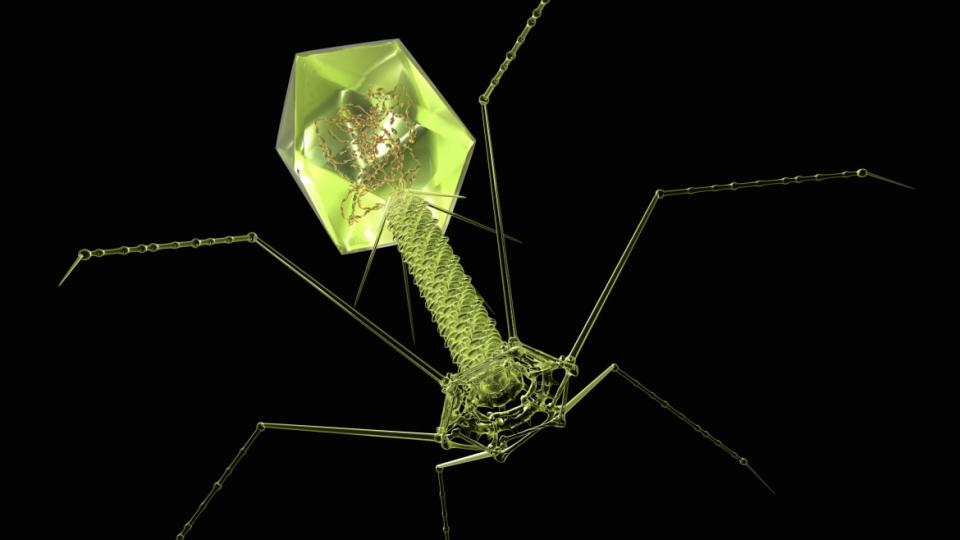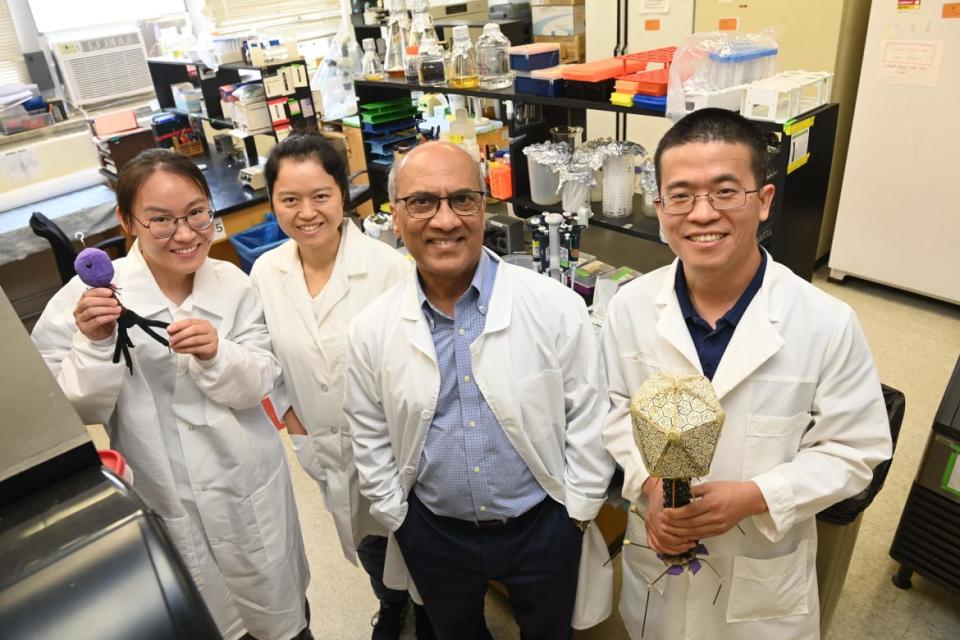An Artificial Virus May One Day Cure the Deadliest Diseases We Know

Scientists continue to explore how gene therapy will open up new avenues to treating diseases that have stymied doctors for decades. Directly changing our DNA means that a full cure is possible for some of the rarest and most inscrutable afflictions known to humans.
One method of gene editing you may not have known about actually involves the participation of some of the most fearsome foes we’ve ever known: viruses. But these aren’t the kinds of viruses that infect healthy cells and plunge the world into global pandemics. In a new study published in Nature Communications on Tuesday, scientists have shown that it’s possible to modify a bacteria-killing virus—known as a phage—to deliver much more DNA to human cells than is possible through current gene editing techniques.
The result could mean that gene therapy treatments for diseases could be completed in a single step.
“This is a major step forward to expanding the existing gene therapy space, and also creating a new space for future therapies and cures,” Venigalla Rao, a biologist with The Catholic University of America and a co-author of the new study, said in a statement. “We believe we have shown there is a pathway to develop safe, effective bacteriophage-based gene therapy treatments with almost unlimited healing potential” for a huge range of illnesses with genetic causes, from sickle cell disease to cancer.
Besides viruses, most other gene therapy techniques include the use of nanoparticles of some kind as a vector for delivering new DNA to cells in the body. The problem is, the amount of new DNA you can load into any of these vectors—viral or nanoparticle—is quite limited.
Rao and his team’s work centers around a big phage known as T4, which naturally infects bacteria but has been extremely well studied over the last century. It’s remarkably customizable, and so Rao’s team re-engineered T4 with a special coating that allowed it to be taken up by human cells.

Venigalla Rao (second from the right) along with the rest of his lab.
The modified T4 cells can carry 20 times more DNA than what current gene therapy vectors can. In a series of lab experiments, Rao’s team showed it was possible to use T4 to deliver to human cells a very lengthy gene that’s missing from patients who suffer from Duchenne muscular dystrophy, a severe genetic disease that leads to muscle loss. Those cells that received the gene were able to produce the full-sized muscular protein that Duchenne’s patients have trouble making.
Other experiments showed it was possible to use T4 to deliver other types of biomolecules to human cells, which may expand the range of what kinds of therapies are possible with the modified phage.
“The actual therapy is years down the road,” admitted Rao. It’s going to take a bit more work before the team can safely test T4 as a gene therapy method for people. But the proof-of-concept outlined in the new study is a really encouraging start, and Rao hopes they may not be far from something that could one day save a ton of lives.
Get the Daily Beast's biggest scoops and scandals delivered right to your inbox. Sign up now.
Stay informed and gain unlimited access to the Daily Beast's unmatched reporting. Subscribe now.

 Yahoo Sports
Yahoo Sports 